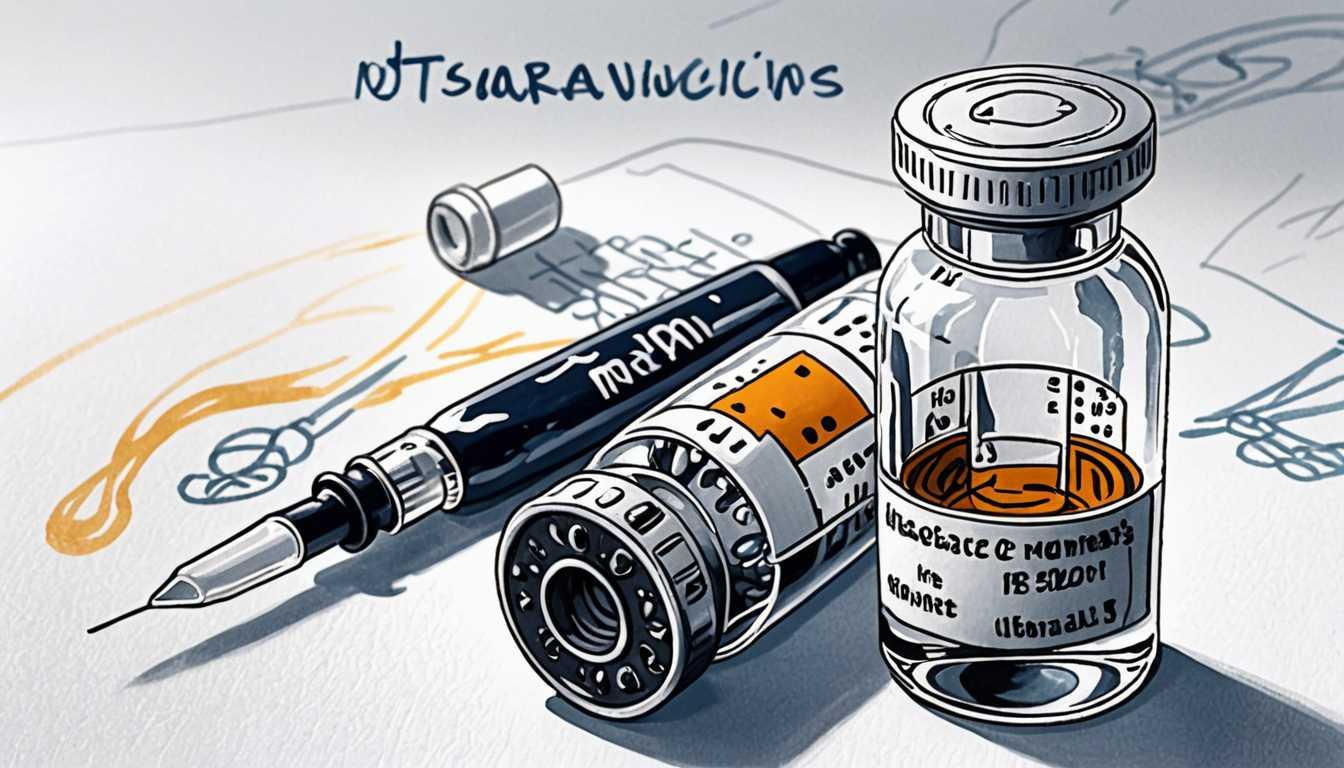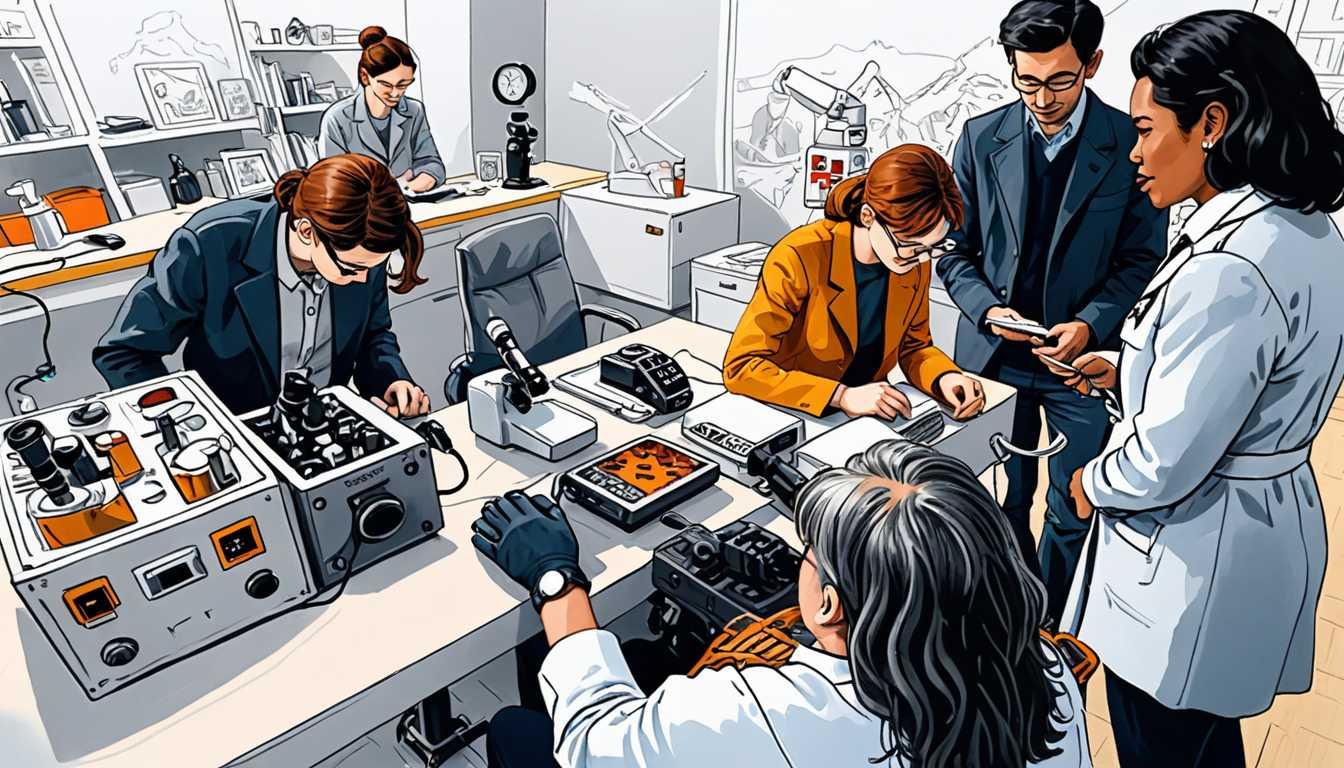Chemo Crisis: A Supply Chain Breakdown
August 2023
MIT Technology Review
Introduction
Dive into the world of healthcare with MIT Technology Review’s eye-opening piece on the fragility of our drug supply chains, spotlighting the terrifying shortage of chemotherapy drugs. Imagine, vital cancer treatments hanging by a thread due to manufacturing hiccups continents away. This article isn’t just a read; it’s a journey through the domino effect caused by one plant’s closure in India, leading to a nationwide scramble for alternatives. With humor aside, it’s a call to action - because when it comes to health, every link in the chain matters.
READ FULL ARTICLEWhy It Matters
Discover how this topic shapes your world and future
Navigating the Tides of Healthcare Supply
Understanding the vulnerability of healthcare supply chains is like uncovering a hidden chapter of a story that affects us all. Imagine a world where the medicine you need isn't there when you need it most. This isn't just a plot for a dystopian novel; it's a reality that patients, especially those needing chemotherapy drugs, are facing today. The scarcity of essential medications like cisplatin and carboplatin reveals a fragile system that can mean life or death for many. This situation isn't just about drugs running out; it's a wake-up call to the importance of robust, reliable supply chains in healthcare. It's about how a single failure point overseas can ripple through the system, impacting patients thousands of miles away. For you, this might relate to understanding the interconnectedness of global systems and the critical role of innovation and planning in preventing crises. It's a compelling reminder of how global issues can have a very personal impact.
Speak like a Scholar
Supply Chain
This is a system that moves a product from the supplier to the consumer. In healthcare, this includes how drugs are made, where they're made, and how they get to the hospital or pharmacy.
Shortage
When the demand for a drug is higher than the supply available. This can lead to rationing, where patients receive less than they need, or delays in treatment.
Generic Drugs
Medications that have the same active ingredients as brand-name drugs but are usually cheaper. They become available after the patent on the original drug expires.
Quality Control
The process of ensuring that products, like medications, meet a certain standard of quality. This includes checking for impurities and ensuring consistent strength and purity.
3D Printing of Drugs
A new technology that could allow drugs to be manufactured layer by layer, potentially at the site of care, offering a novel way to address drug shortages.
Continuous Manufacturing
A method of production that is more efficient than traditional batch processing. It allows for the constant production of drugs, which can help prevent shortages.
Independent Research Ideas
The Role of AI in Predicting and Preventing Drug Shortages
Investigate how artificial intelligence can forecast drug shortages, potentially transforming how supply chains are managed.
The Impact of Drug Shortages on Patient Outcomes
Explore how delays or changes in treatment due to drug shortages affect patient recovery and survival rates, particularly in cancer care.
The Economics of Generic Drugs and Supply Chain Vulnerabilities
Analyze how the low-profit margins of generic drugs contribute to supply chain weaknesses and what economic models could offer solutions.
Quality Control Failures in Drug Manufacturing
Examine case studies of quality control issues in drug manufacturing plants and their impact on global drug supply.
Innovations in Drug Manufacturing and Distribution
Research emerging technologies like 3D printing of drugs and continuous manufacturing, focusing on their potential to revolutionize the pharmaceutical industry.
Related Articles

Outsmarting Pandemics: A New Vaccine Play
June 2023
Cornell University

When Discounts Drive Up Drug Costs
June 2023
Cornell University

Brain Waves Decode Pain's Mysteries
May 2023
MIT Technology Review

Gadgets, Bias, and Healthcare Equality
June 2023
Massachusetts Institute of Technology (MIT)

Telemedicine Slashes Hospital Revisits
April 2024
Imperial College London